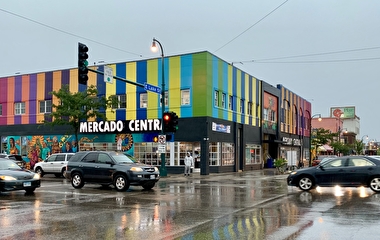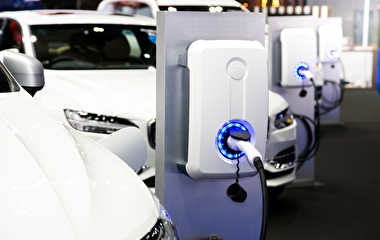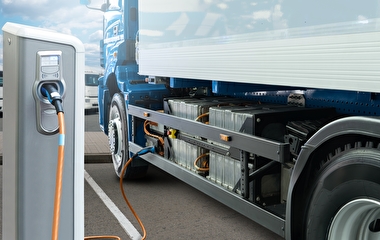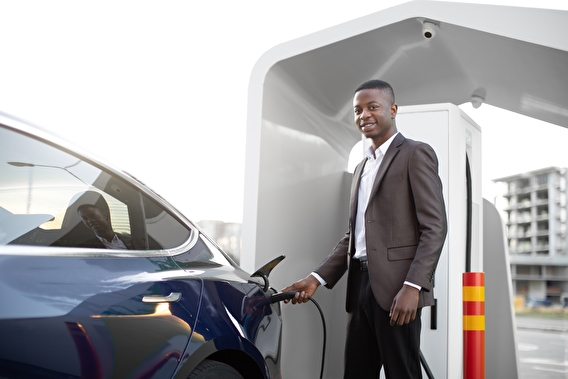
Transportation equity is a growing priority across the country. Historically, minority and low-income populations bore the brunt of urban freeway construction and suffered greater health consequences from emissions and pollution. Many of the systems that disadvantaged these communities are still in play today.
At the same time, this is one of the most transformational moments in the history of electrification. As all transportation sectors electrify—and more electric vehicles (EVs) hit the road—how can policies and best practices ensure tomorrow’s transportation is equitable and accessible for all consumers?
Shelley Francis, co-founder and management partner of EVNoire, discussed this intersection at the 2022 CTS Transportation Research Conference. If used correctly, she said, electrification has the potential to rectify disparities in accessibility and emission-related public health—but the issue needs to be approached carefully.
EVNoire collaborates with various partners (national, state, local, public, private) to develop best practices for EV adoption and encourage a policy of diversity, equity, and inclusion. In her talk, Francis put equity in historical context. Federal money in the last century built automobile infrastructure that often came at the expense of Black and brown communities—ones marked as “separate” and “less valuable” by redlining practices.
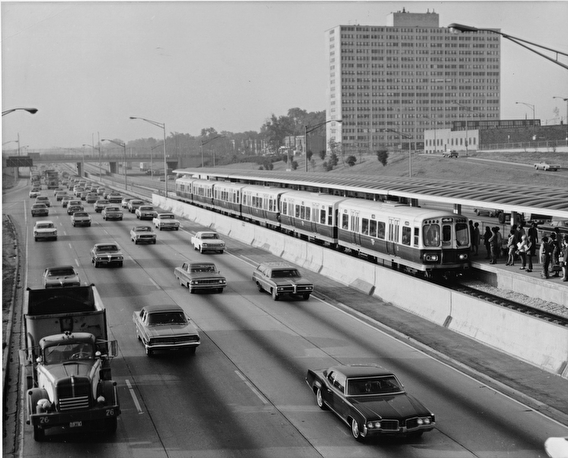
Under a concept of “privileged mobility,” transportation policies often prioritized wealthy, predominantly white suburban communities, Francis said. Roads were driven straight through disadvantaged communities, decreasing walkability and displacing residents and businesses. Meanwhile, white communities profited from the advantages of car ownership—access to jobs and accumulation of wealth.
“Car ownership has really been one of the major drivers of one of the most powerful economic advantages in the US that we can have,” Francis said. “You can’t think about transportation, mobility, and diversity in communities without thinking about how transportation and discrimination and policy have really been entwined.”
With automobiles came emission-related health problems. Francis cited findings from the Minnesota Pollution Control Agency, which reports that 32 percent of all communities in the state have air-pollution-related risks above health guidelines. In low-income communities, however, the number is 46 percent, and in communities of color, it’s 91 percent.
Electrification could cut down on these emission-related health issues and problems of accessibility, Francis said. “For (privileged) communities, electrification is a cool technology—it’s fun—but for other communities, it’s a life-or-death matter.”
In recent years, Francis has seen increased research, funding, and political willpower dedicated to solving issues of transportation equity (such as the Infrastructure Investment and Jobs Act), but she warns that it’s a subject that has to be approached carefully.
Transportation innovations still tend to favor wealthy, predominantly white communities. A key finding of her firm’s work, she said, is that people with lower incomes may spend half their income on transportation, and they may view EVs as beyond their price range. In addition, EV charging stations are often in short supply in minority and low-income communities—areas called “charging deserts”—which can make owning an EV impractical.
A lack of outreach efforts also means that minority and low-income communities know less about the potential benefits—and potential cost savings—of electrification, Francis said. EVNoire is addressing this through its advocacy group, EVHybridNoire, to directly reach out to these communities for feedback.
Developing relationships and having conversations are very important at this stage, Francis declared. Historically disadvantaged communities need to be included, and the transportation industry needs to recognize that these communities are dealing with barriers and historical baggage unfamiliar to privileged people.
These affected communities should be treated as experts on their own situations, Francis stressed, since their unique perspectives often lead to ideas and solutions that would otherwise go overlooked. “There’s an opportunity to get this right,” Francis said, “and there’s also an opportunity to get this wrong.”
Writer: Sophie Koch
